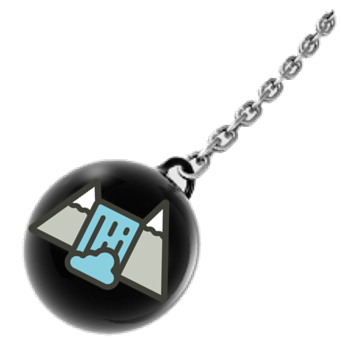
The waterfall method is a way of producing new code, it is a sequential design process. This methodology has eight steps or tasks. Those are onception, initiation, analysis, design, construction, testing, implementation, and maintenance. Obviously, this methodology has advantages and disadvantages.
Advantages:
- One of the biggest advantages regarding the methodology is that it is possible to have a well-programmed schedule. Each progress is recorded so it is the possibility to improve the way we work.
- It is a great tool to costumers. They can have an idea regarding the time, size, and cost of the project.
- It’s a great way of having a complete documentation.
Disadvantages:
- If a step or task is completed, there is no way back to it.
- The methodology requieres a lot of time just for trying to reach it.
- If a mistake in the methodology is found, all the project must start from the beginning.
- The methodology doesn’t take into account the customer once the waterfall method starts.
Retrieved from http://www.base36.com/2012/12/agile-waterfall-methodologies-a-side-by-side-comparison/.






